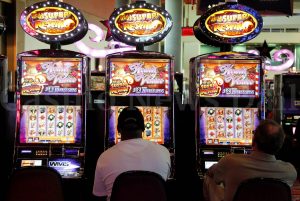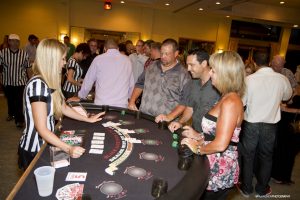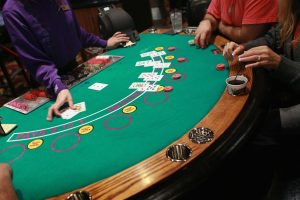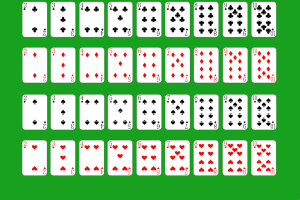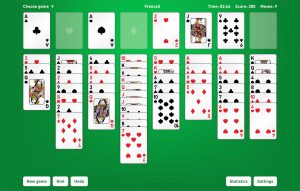Strategies For Casino Games
7 Mathematical strategies for winning at Black Jack

Mathematical strategies of the Black Jack
Black Jack is a type of casino game that, unlike others where chance mainly intervenes because the probabilities are fixed (roulette, slots, baccarat), has an important skill component, since the bets can be optimized mathematically.
The key to this lies in mathematics: using probability and statistical calculations it is possible to minimize the house advantage and win more money.
Do not separate pairs of 10
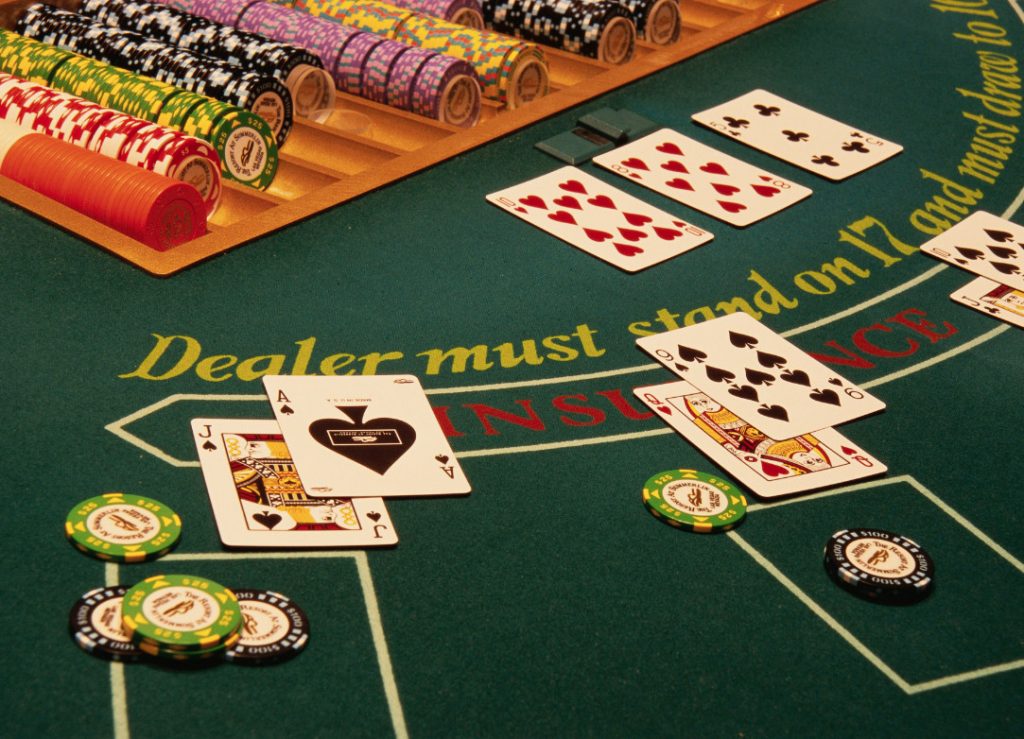
When we find a pair of 10 or figures (J, Q, K) this adds up to 20 in total. This hand is too strong to split, so the best trick is to keep the hand and play it as it is, without asking for any other cards, as this would go against the rule of standing on a 17 or more that we discussed earlier.
When another player has an Ace
The Ace can be worth 11 or 1 depending on the situation. When another player, or the dealer, has an Ace, if they draw a card with a value of 10 in the next hand, the game is over and they are the winners.
This is a very likely result, especially in games with multiple decks, and when the deck is unfavourable (i.e. when cards with few values have been drawn and many high cards remain in the deck)
Variance
Variance is the difference between the advantage you expect in the game and your actual results.
On the website we have linked to, the following is an example:
If you play a total of 100 hours with an expected value of 22? per hour, your expectation will be to win 2200? during that time. However, if you have only won $1800 after the 100h, the 400h below your expectation is the variance.
Keep in mind that the more you play, the closer you will get to balancing your variance. Variance distribution, example chart for black jack
Standard Deviation (SD)

The standard deviation shows us how often your Black Jack results deviate from the average. It’s a strategy for determining whether you’re winning in the game or how much capital you’ll need to make significant gains.
The standard deviation helps you prepare for what to expect, what to expect in terms of variance.
You can calculate the standard deviation with a standard deviation calculator like this one.
N0 (N-Zero)
N0 is something that players don’t usually pay much attention to. It’s the number of hands that theoretically are needed to reach the goal of exceeding one standard deviation (4 N0 gives you the hours to exceed 2 SD).
To have the most accurate evaluation of N0, it is necessary to play with the same rules and the same betting strategies.
Certainty Equivalence (CE)
Also known as “Risk Scared Gain”. It results in the figure closest to what you expect your % of profit to be on Black Jack. It is also a good indicator of whether or not it is worth playing.
It is the result of taking the expected profit ratio and adjusting it based on the level of risk in proportion to the current bankroll and the level of risk tolerance.
Counting
Although the art of card counting is frowned upon or even forbidden in some physical casinos, it is not an illegal practice.
Card counting at Black Jack is one of the most productive strategies when it comes to ensuring better performance and making better decisions (such as dividing aces and eights or calculating the odds of an opponent getting a 21).
An example of this strategy, which made Black Jack and the counting strategy very famous, was the story of Ken Uston and his team at MIT, who managed to win over 5 million dollars in different casinos in the 1990s.
In the film 21 Black Jack, the MIT team uses the “hi-lo” (high-low) method of counting: with high cards that have a value of 10, and low cards with less than 6 points.
